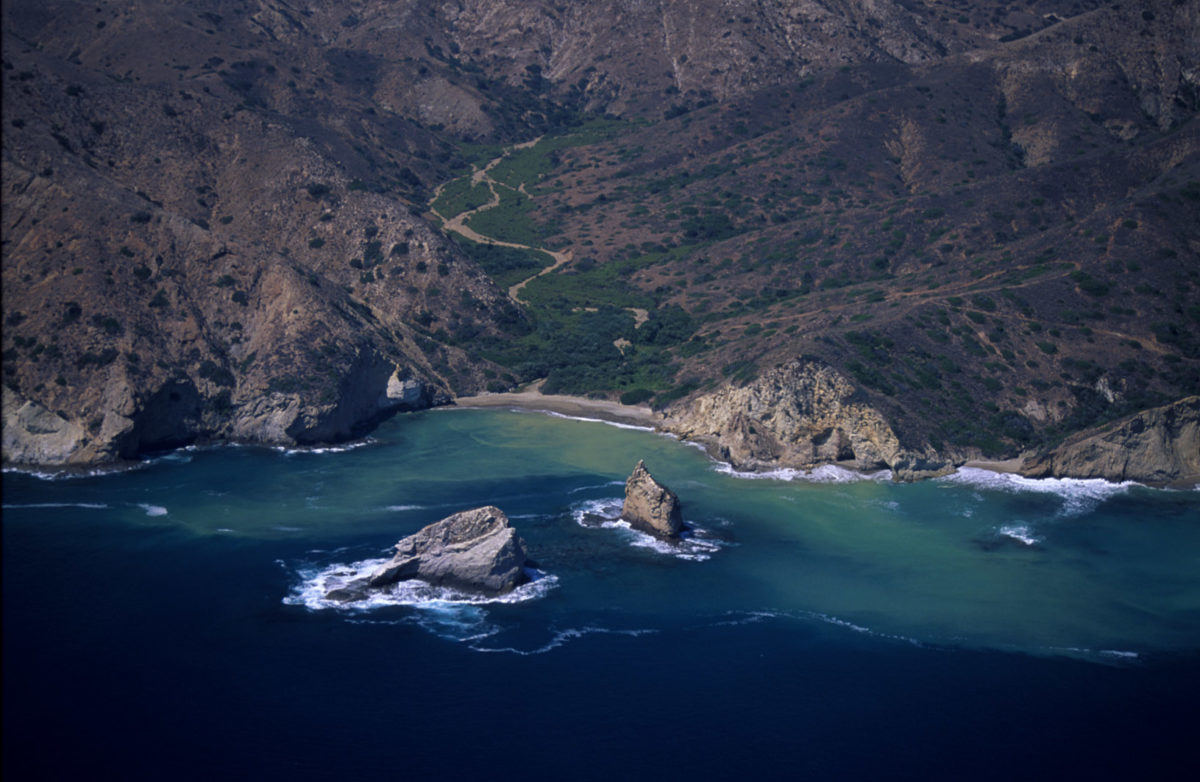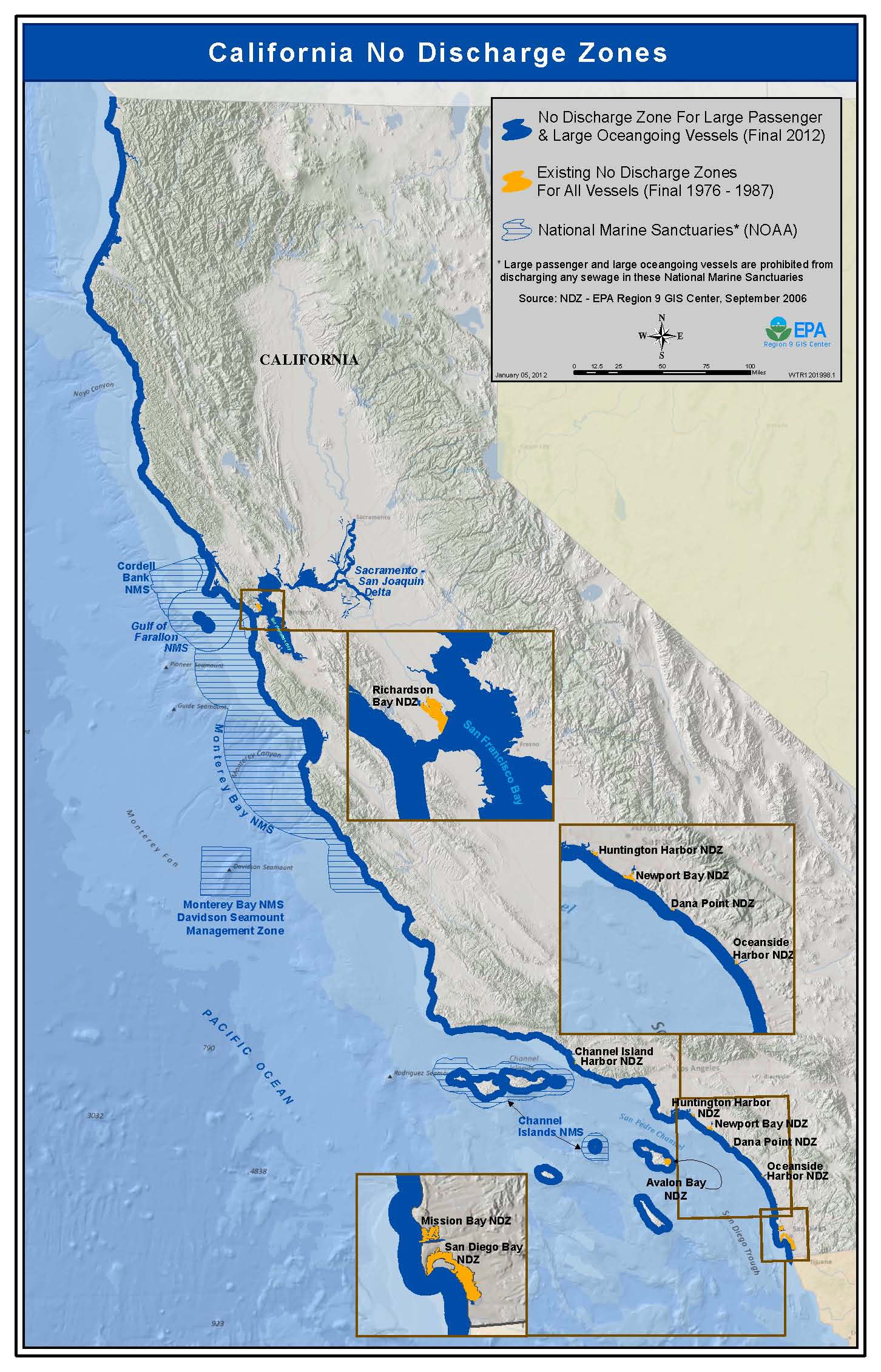
Finally! California gets a ship sewage discharge ban
Today, the U.S. EPA signed a federal rule that will finalize EPA’s decision to approve a California state proposal to ban all sewage discharges from large cruise ships and most other large ocean-going ships to state marine waters along California’s 1,624 mile coast from Mexico to Oregon and surrounding major islands. Now California has banned even treated sewage from being discharged from large vessels in California’s marine waters.
California’s coastline includes some of the most unique and productive waters in the world. It is home to many endangered species and is enjoyed by swimmers, surfers, and water sports enthusiasts. The animals and activities not only hold inherent value for their beauty and fun, they also have economic value to the state — economic value which can be affected by the quality of the environment and coastline. The negative economic impact of degraded public estuarine and marine natural resources on the California ocean economy can be substantial.
California’s marine resources are threatened by sewage and other harmful pollution discharged from cruise ships and large ocean-going vessels. It is estimated that a typical large cruise ship, the largest of which can now carry between 5,000 and 8,000 passengers and crew, generates an average of 210,000 gallons (or 10 backyard swimming pools) of human sewage and 1 million gallons (40 more swimming pools) of graywater (water from sinks, baths, showers, laundry, and galleys) on a one week voyage. Over 1 million passengers departed on cruise ships in California’s waters in 2010 and these numbers and the size of ships continue to grow, presenting an ongoing threat and demanding regulations to protect the marine resources and economy of California.
In 2005, Friends of the Earth helped pass the Clean Coast Act in the California state legislature. The act sought to stem the tide of ship pollution by prohibiting the discharge of numerous waste streams from large ships in California’s waters, including sewage, sewage sludge, graywater, hazardous waste, and oily bilge water.

After several years of inaction by the EPA, Friends of the Earth stepped up its pressure in support of California’s no discharge zone request in 2009, and in 2010, the U.S. EPA proposed approving California’s request.
Thanks to the joint effort by the state of California, its U.S. congressional delegation and Friends of the Earth, the U.S. EPA has finally approved the sewage dumping ban. On February 9, 2012, Friends of the Earth’s Ocean’s team joined the regional EPA administrator at a press teleconference announcing the decision to establish what is the largest coastal no discharge zone in the United States.
Photo Credit: Santa Rosa Island © Wolcott Henry 2005-Marine Photobank
Photo Credit: California Surfer © Gabriel Nordyke-Marine Photobank
Related Posts
Ways to Support Our Work

Read Latest News
Stay informed and inspired. Read our latest press releases to see how we’re making a difference for the planet.

See Our Impact
See the real wins your support made possible. Read about the campaign wins we’ve fought for and won together.

Donate Today
Help power change. It takes support from environmental champions like you to build a more healthy and just world.